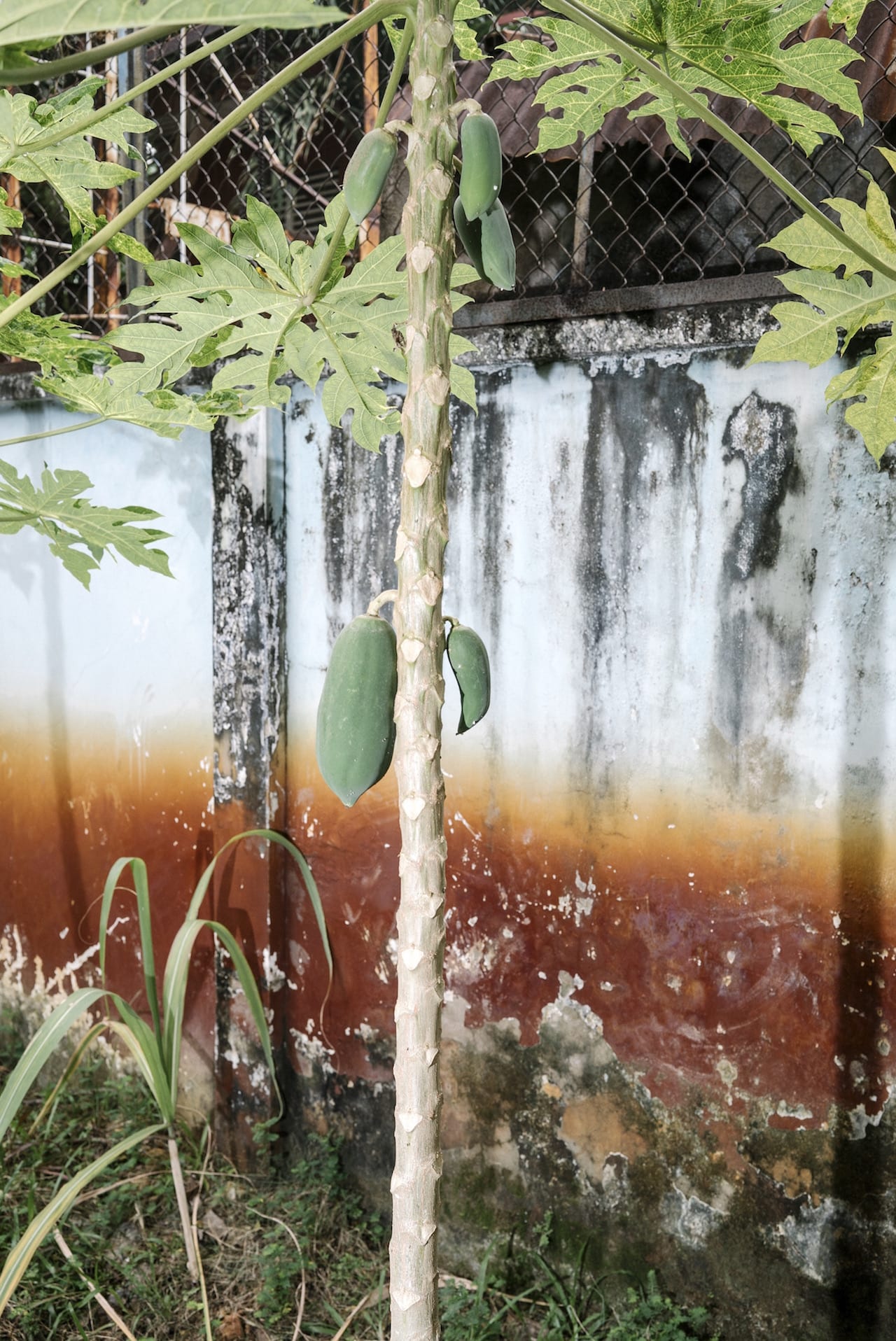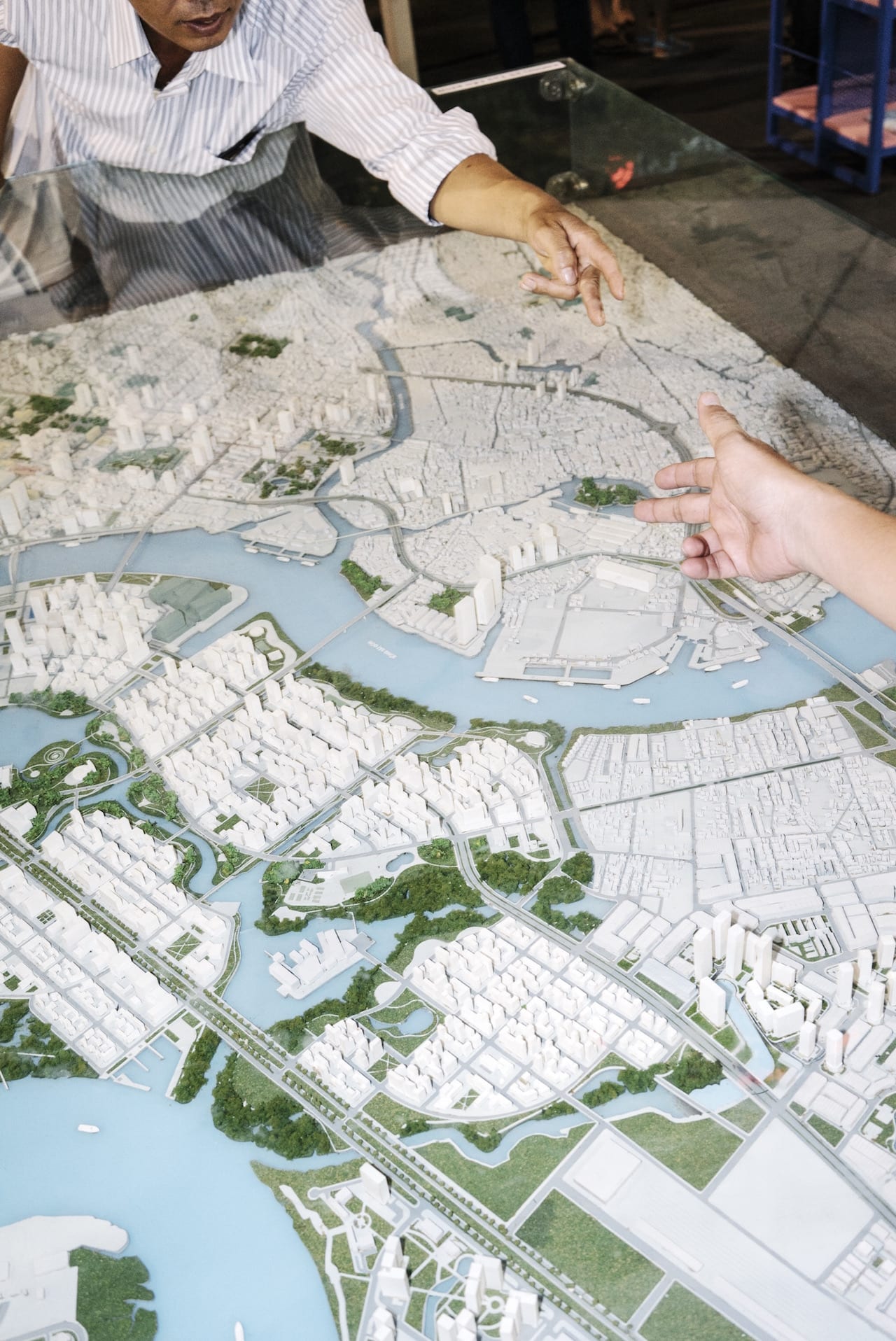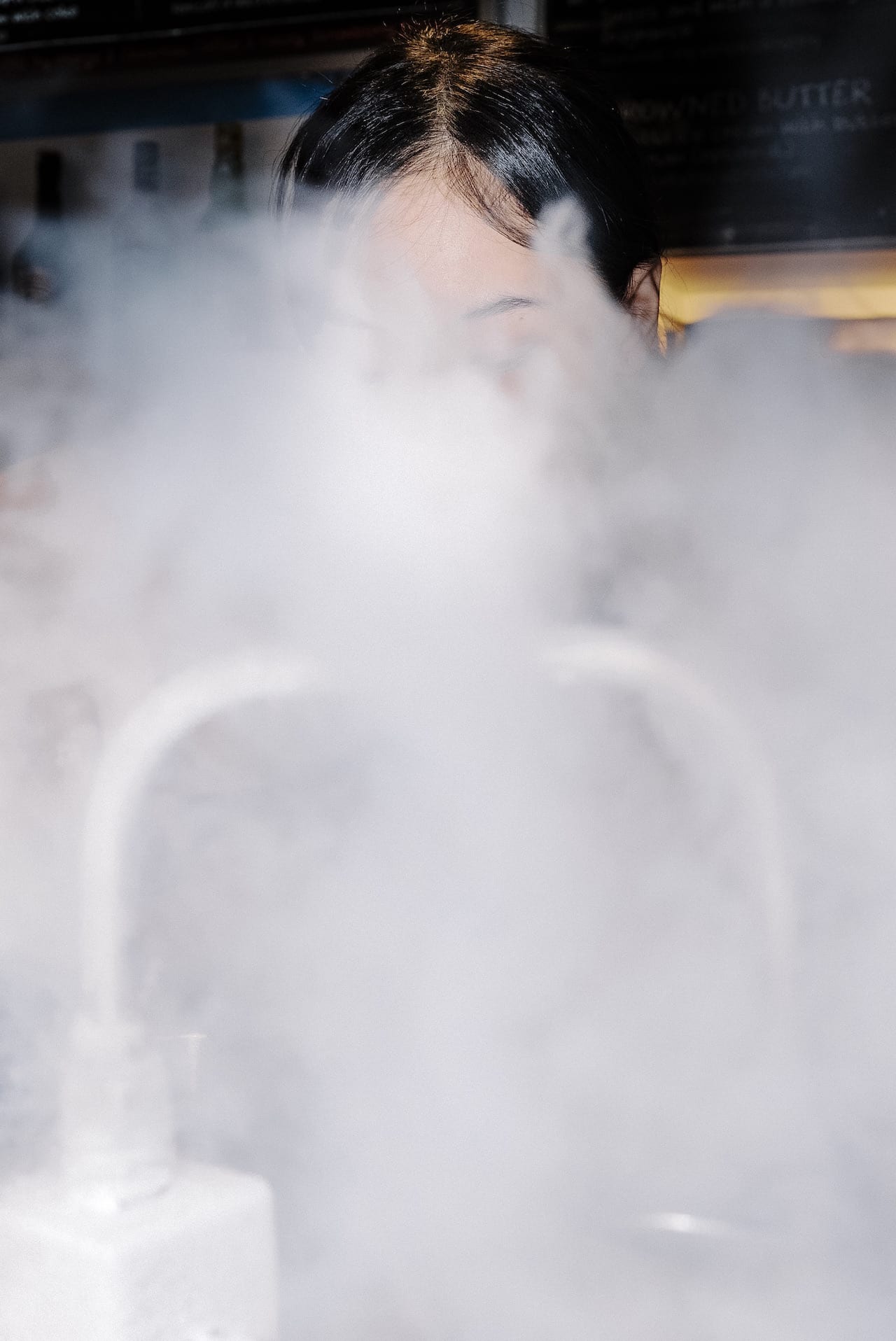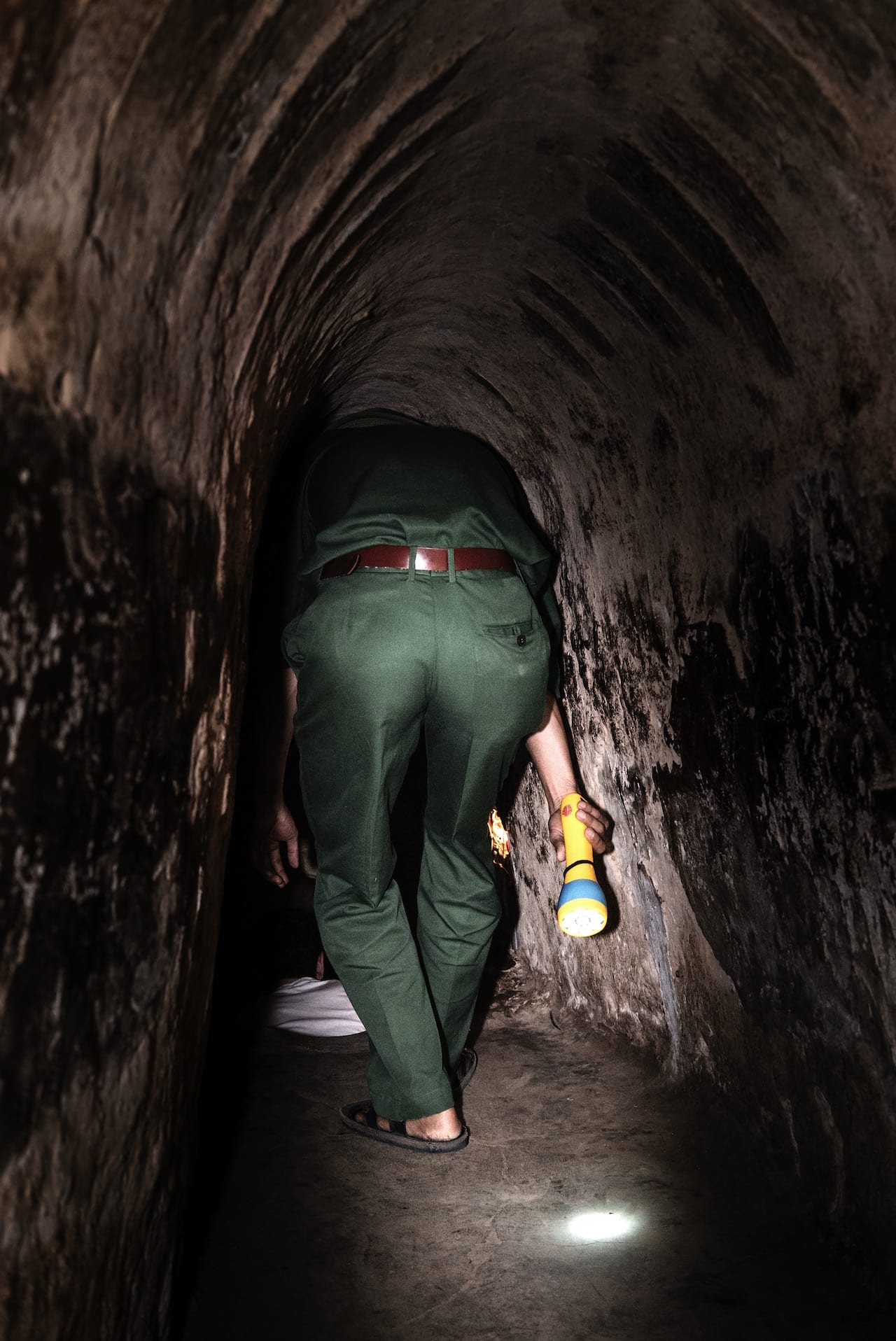Counting the likes of Robert Frank and William Eggleston as key inspirations, it is no surprise that Simone Sapienza is guided by a similarly resolute independence. A former engineering student, he quit to pursue the “most difficult but more enjoyable path”, enrolling in documentary photography at the University of South Wales. The young photographer was taken by its reputation and dynamic approach to teaching.
“Colin Pantall showed us a different way to study theory, not the usual boring, chronological history of photography,” he recounts. “First lecture was lights off, volume up and I Fink U Freeky by Die Antwoord to speak about Roger Ballen. That was the right course!”
Sapienza’s approach to photography has veered away from the descriptive photojournalism he first enjoyed into a more exploratory direction. “I don’t trust photographers who erect themselves as the bearers of truth; I don’t even trust some editors, or curators, or lecturers who try to confine you within certain, comfortable borders,” he explains.
The photographer’s graduation project illustrates this line of thought. Determined to find a Vietnam that lies beyond its infamous history, he spent six weeks in the country trying to penetrate its complex present, and in doing so investigate the growing contrast between communism and capitalism in Vietnam, and the consequent tension between control and freedom.
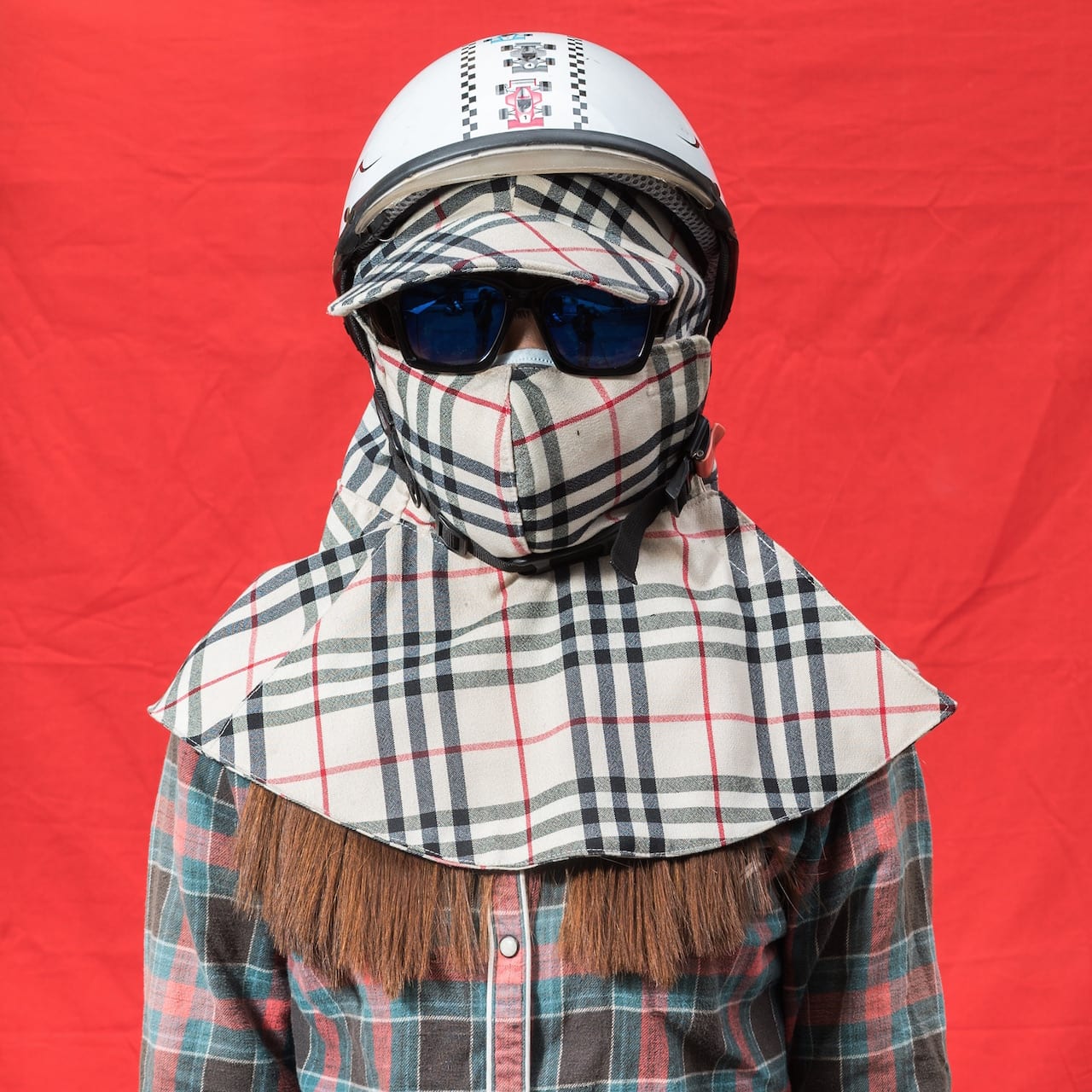
The result is two complementary bodies of work: Charlie surfs on Lotus Flowers, which addresses the control of the one-party Communist government, and United States of Vietnam, which looks at the slow victory of capitalism over communism and its consequences for Vietnam’s economy. Using a combination of a staged, typological form of photography in United States of Vietnam, and a more autonomous, naturalistic style for Charlie surfs on Lotus Flowers, Sapienza intends to leave something for the viewer to work out.
“They have to try to put their feet in the author’s shoes,” he says. “They just need to get the leitmotiv of your project, not the full, descriptive content. In that exchange lives the real core of the project.”
The Italian photographer, won the undergraduate series category in BJP’s Breakthrough Awards in 2016, eventually moved back to Sicily to work on new projects, describing the region as a promising hub of photographic activity for southern Europe. Aside from collaborating with other projects in the area, Sapienza’s proactive outlook extends into his own work: he is the co-founder of the Gazebook festival, which happens each September in Punta Secca, in the Province of Ragusa.
“It’s a kind of reunion by the beach, where you can enjoy photography informally but still with great content,” he says. “It’s also a way to give value to our beloved Sicily.”
Simone Sapienza’s Charlie surfs on Lotus Flowers is published by Akina Books, priced £35 https://akinabooks.com/product/charlie-surfs-lotus-flowers-simone-sapienza/
This article is an updated version of a Projects feature published in the August 2016 issue of BJP.
